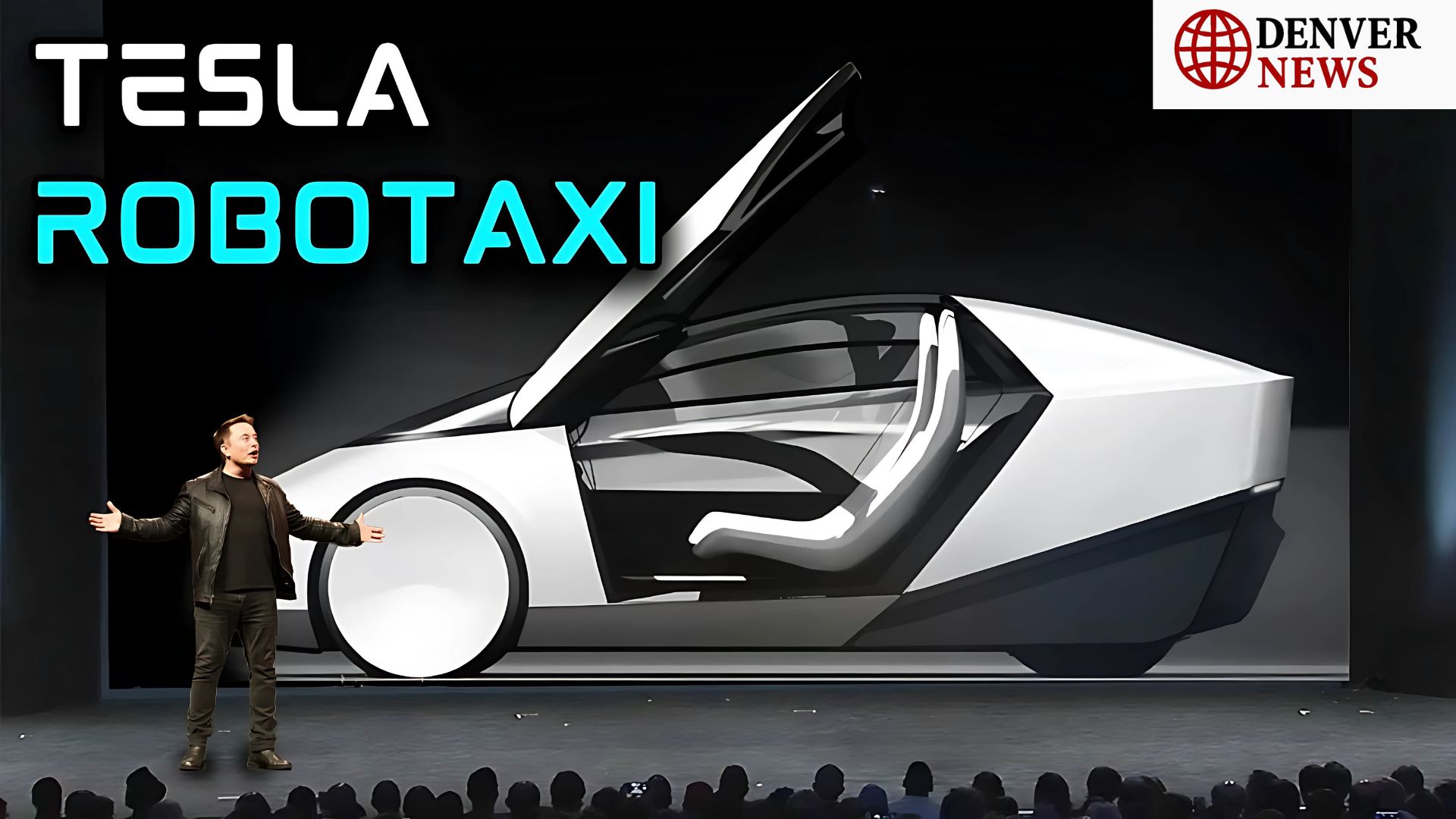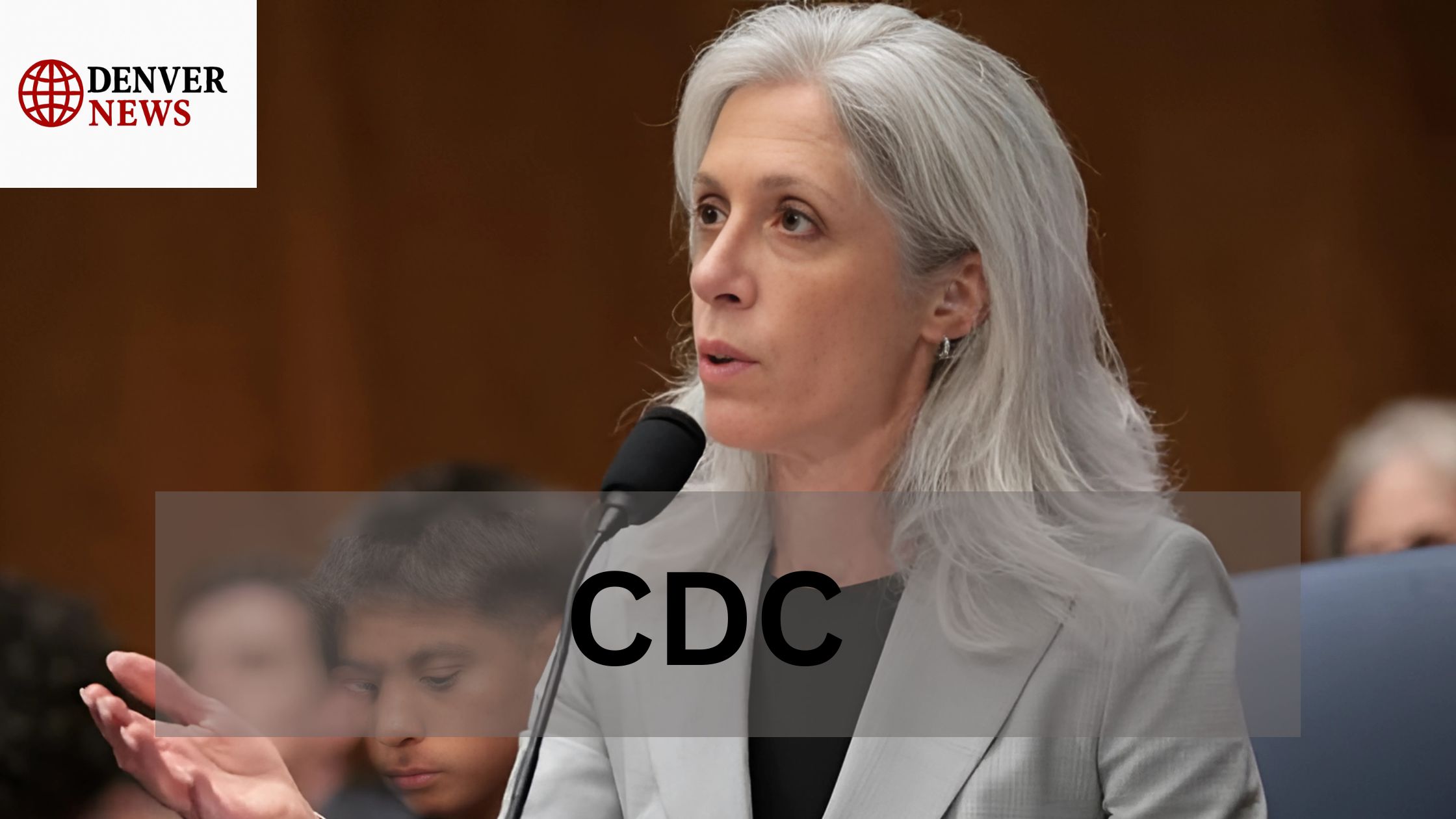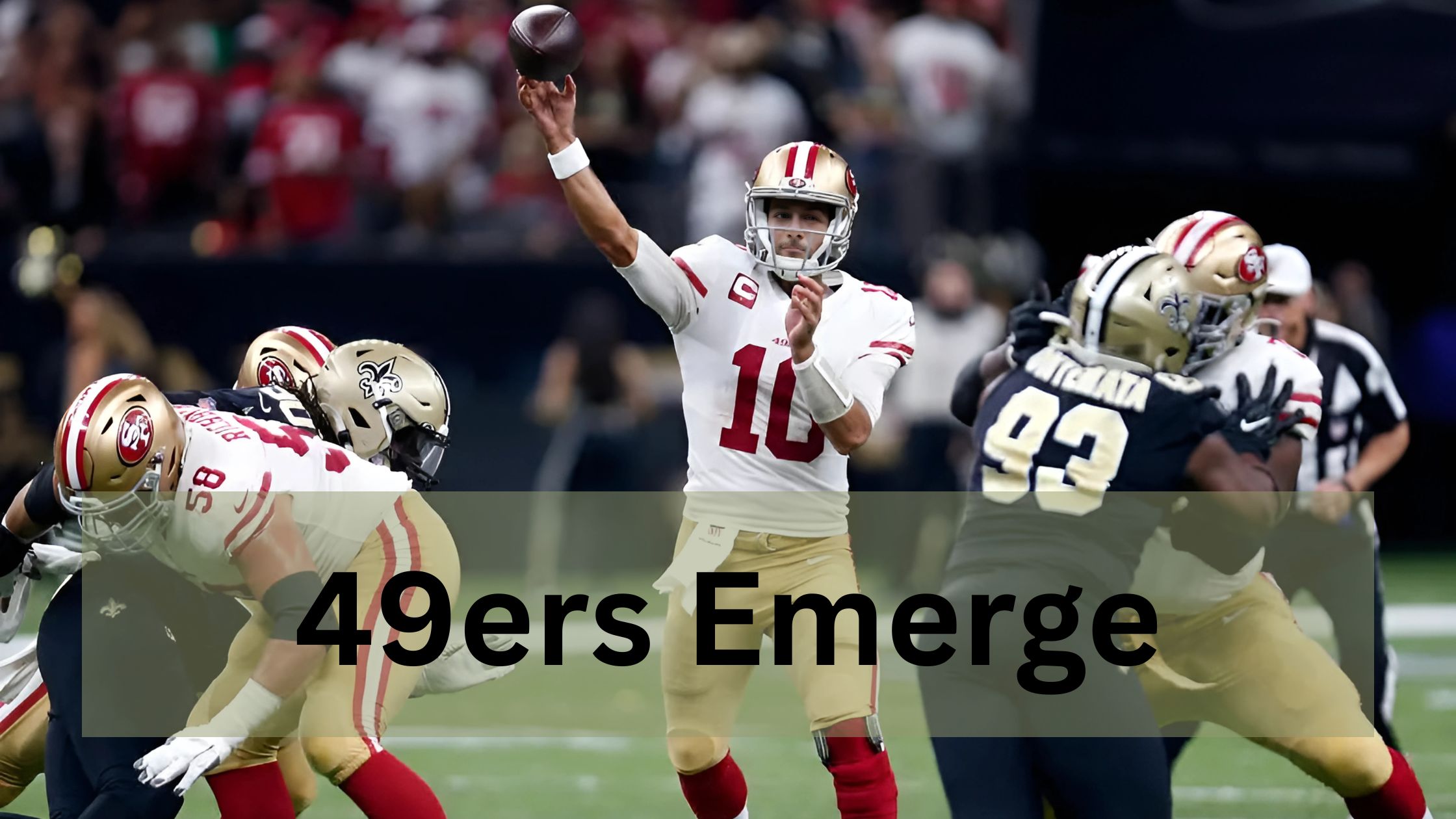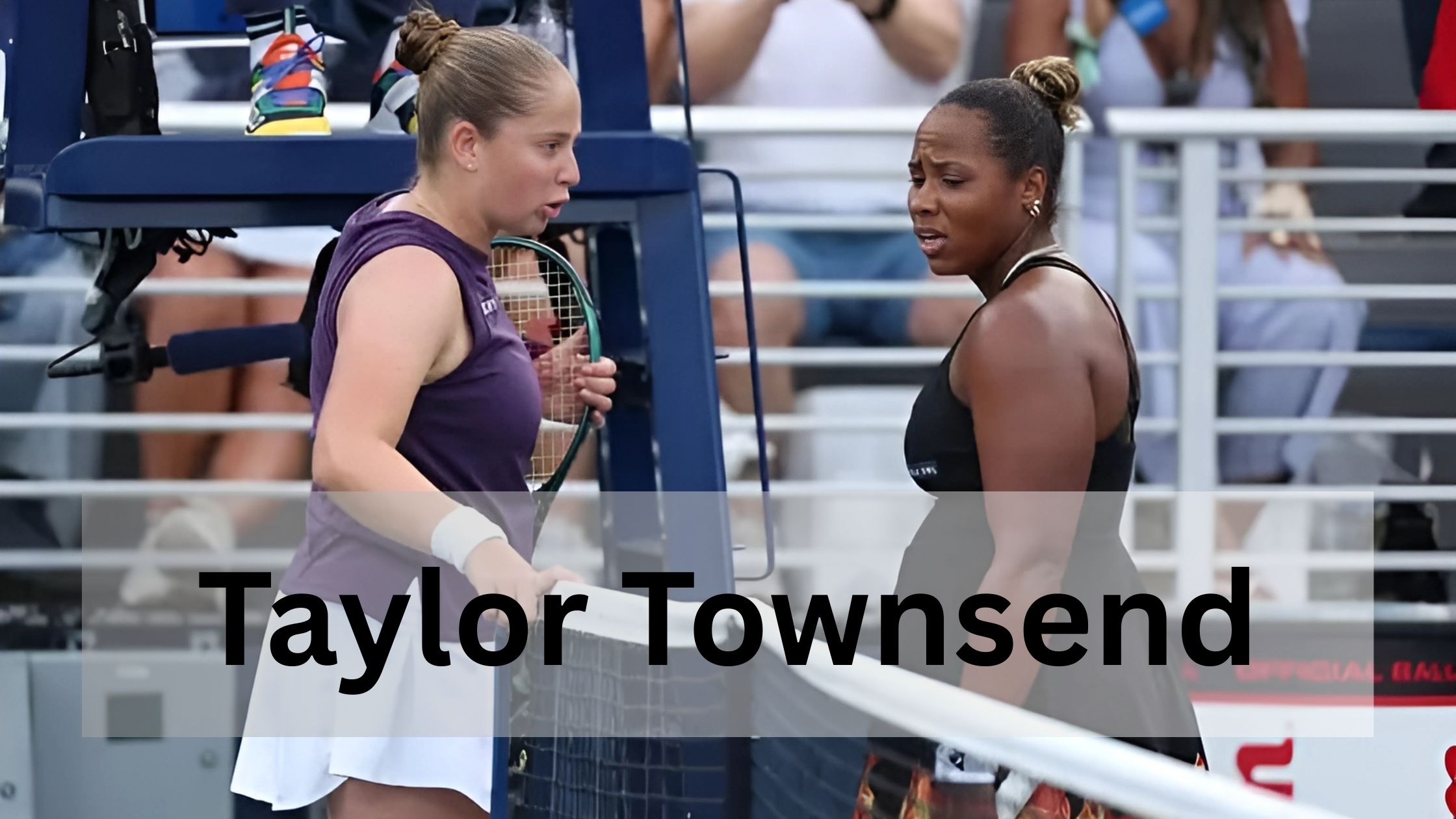Elon Musk is once again grabbing headlines with a disruptive innovation that could reshape how we commute forever — introducing the Tesla Robotaxi. After years of speculation and promises, the dream of a fully autonomous, driverless taxi fleet is edging closer to reality.
But what exactly is the Robotaxi? When is it launching? And how might it affect the automotive and transportation industry as we know it?
Let’s explore this revolutionary shift.
🧠 What is Tesla’s Robotaxi?
At its core, the Robotaxi is a self-driving electric vehicle developed by Tesla, capable of picking up and dropping off passengers — all without a human driver. It is expected to be based on Tesla’s next-generation platform and powered by their Full Self-Driving (FSD) software.
According to Elon Musk, Robotaxis will be part of a ride-hailing service, much like Uber or Lyft — but with zero drivers and lower costs.
“It will be cheaper than a bus ticket,” Musk boldly claimed at a recent shareholder event.
🚀 Expected Launch Date
After multiple delays, Musk recently announced that Tesla will unveil the Robotaxi on August 8, 2025. This marks a pivotal moment not just for Tesla, but for the entire mobility sector. Industry insiders suggest production could begin shortly after the unveiling, with pilot programs launching in selected cities by early 2026.
🔋 Technology Behind the Vision
Tesla’s Robotaxi combines:
- Full Self-Driving (FSD) v12 AI Software
- Custom-built Hardware 4.0 chips
- No steering wheel or pedals (in some versions)
- Tesla Vision (camera-only) system — no LiDAR or radar
This makes it a fully autonomous, electric, and software-updated vehicle — constantly improving through over-the-air updates.
🌍 Global Impact: A Transportation Disruptor
The Robotaxi concept is not just about convenience — it’s about disruption. Here’s how:
- 🚘 Car Ownership Decline: Why buy a car when you can summon one 24/7?
- 💰 Lower Transportation Costs: No driver means rides could cost less than $1/mile.
- 🏙️ Less Traffic & Pollution: AI-optimized routes = reduced congestion.
- 💼 New Economy: A shift toward shared, on-demand mobility services.
Musk has often referred to the Robotaxi fleet as “Tesla’s most valuable product” in the long run.
📉 Challenges & Concerns
Despite the excitement, not everything is smooth sailing. Key concerns include:
- Safety and regulatory approvals
- Public trust in driverless technology
- Legal and insurance frameworks
- Competition from companies like Waymo, Cruise, and Apple
Still, Musk remains confident that Tesla will lead the race, thanks to their vertical integration of hardware, software, and AI.
🏁 Final Thoughts: Ready or Not, the Future is Autonomous
Tesla’s Robotaxi revolution is no longer science fiction. It’s a near-future inevitability. If Elon Musk delivers on his promises — and history shows he often does — the way we move, commute, and live could be forever transformed.
Other Using Link
McDonald Boycott: What Sparked the Outrage?







